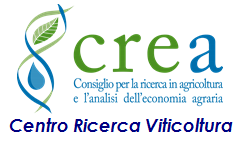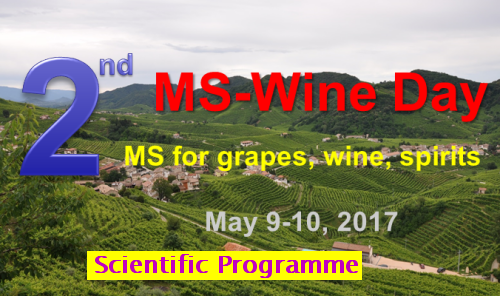 |

|

| |
INTRODUCTION
Wine and its culture are assuming more and more importance among people.
Wine consumption is an integral part of our Mediterranean lifestyle and it has been shown that some of wine components may have beneficial effects on human illness, such as cardiovascular diseases, brain degeneration, and some types of cancer.
Nowadays a lot of care is put for improving the quality of grapes and of wines: thus the best clones and varieties of grapes are selected, growing techniques are optimized, the environmental effects on the vineyard are studied, as well as the winemaking and wine aging processes are optimized to confer the best fragrance, taste and color to the products. Quality control is more and more important.
In addition, the legislations of the European Community and those of single Countries define the limits and require quality certificates for commercialization.
In this framework, knowledge of the chemical composition of grape and wine is essential and many methodologies are available.
Mass spectrometry (MS) plays a key role and it is highly effective in the identification, structural characterization and quantitation of grapes and wine
components, such as aroma and volatile molecules, polyphenols and antioxidants, peptides and proteins, pesticides, nutraceuticals, xenobiotics, etc.
After the 1st MS WineDay, held in 2015, the series of these conferences dedicated to the applications
of mass spectrometry in the study of wine, grapes and spirits continues with the 2nd MS-Wine Day.
Its aim is to bring together specialists from companies, producers, universities, public and private institutions of research and control, to define the state of the art,
instrumentation, methodologies, applications and innovations regarding the use of MS in oenology.
The informal atmosphere and the social program, with guided wine testing and wine cellar tour, will ensure wide contacts and interactions among participants.
Main topics:
- Volatile & aroma compounds
- Polyphenols and antioxidants
- Traceability
- Contaminants and defects
- Oenological processes and aging
- Metabolomics and proteomics
- Coupling MS with GC, GC×GC, fast GC and HPLC, UHPLC, etc.
- High resolution and ambient MS
- ICP, IRMS
- Olfactometry and sensory analysis
- Other analytical techniques
Social events: wine cellar tour with wine tasting, social dinner